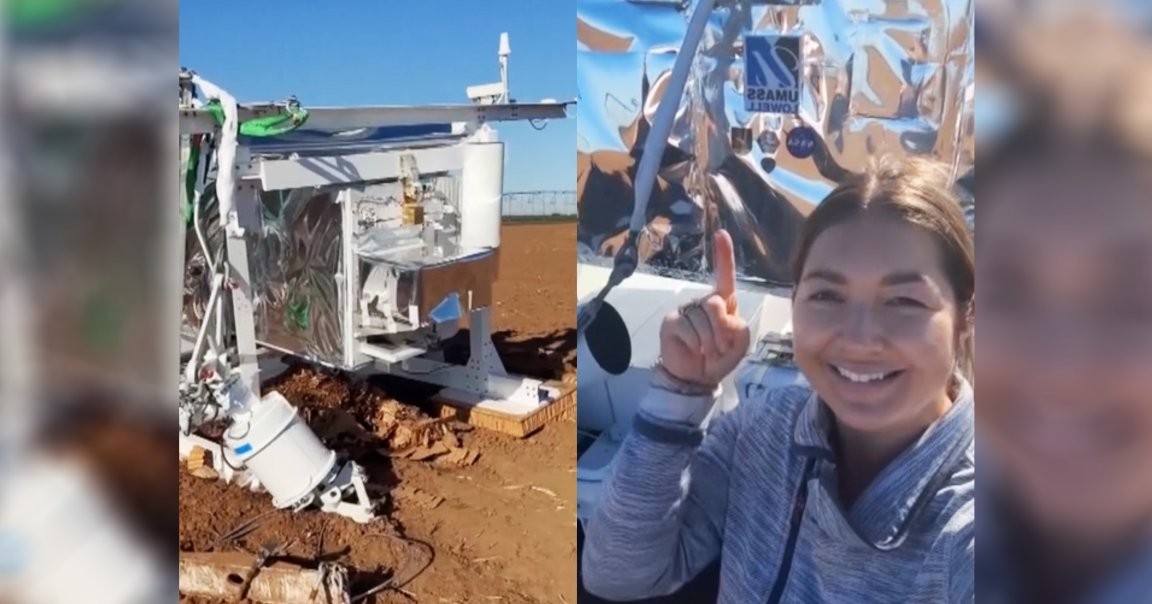A 30-Foot Parachute, NASA Logos, and a Truck-Sized Mystery Falls on a West Texas Morning
On an ordinary morning in rural West Texas, Ann Walter watched something enormous descend from the sky and crash into her neighbor’s wheat field. The downed object bore NASA markings, and the parachutes carrying it displayed NASA logos as it landed. "It’s crazy, because when you’re standing on the ground and see something in the air, you don’t realize how big it is," Walter told the Associated Press. "It was probably a 30-foot parachute. It was huge."

In This Article:
A Neighborly Call Turns into a Space Story
Bewildered, Walter phoned the local sheriff, who confirmed NASA had misplaced some scientific equipment. Later, a representative from NASA’s Columbia Scientific Balloon Facility explained the equipment had taken off from a launch facility in New Mexico that manages the launch, tracking, controlling and recovery of unmanned high-altitude balloons. These balloons travel about 20 miles into the Earth’s atmosphere to conduct experiments, and the equipment uses telescopes to study stars, galaxies and black holes.

From New Mexico to the Sky: How High-Altitude Balloons Work
The launch facility Walter’s sighting is connected to is responsible for launching, tracking, controlling and recovering unmanned high-altitude balloons. These balloons rise roughly 20 miles into the atmosphere to gather data, using telescopes to learn about stars, galaxies and black holes.

Shutdown Shadows Science: Uncertainty and a Recovery
Complicating matters is that the Scientific Balloon Facility is one of the government offices affected by the current shutdown. That means it may not post updates on its site, and it’s unclear whether the shutdown affected the balloon’s detour and its short-term disappearance. NASA did, however, send a recovery team to collect the off-track unit.

A Surreal Moment That Connects Rural Life to Space
There was even a note on the launch schedule showing a flight classified as “descending” in Walter’s area. "It’s kind of surreal that it happened to us and that I was part of it," Walter told the AP. "It was a very cool experience." This unexpected intersection of a quiet West Texas morning and NASA’s distant research reminds us that space exploration touches everyday life in surprising ways.

